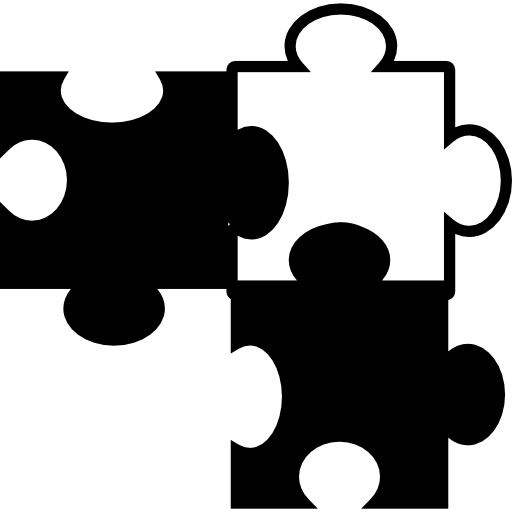

photography might be an area where digital hasn’t caught up, since film’s resolution is down to the molecular level
Film resolution is limited by the size of the silver halide crystals that make up the light sensitive layer of the film. Crystals can come in different sizes, but their sensitivity to light depends on their size - generally you need pretty large crystals for usable photographic film, somewhere between 0.1 and 10 microns (depending on the film ISO rating) - about 3-5 orders of magnitude larger than what you would consider molecular scale.
When the film is developed the crystals are visible as film grain limiting the resolution in some ways similar to pixel size of a digital camera (although there are differences, since the crystal size is not completely uniform but rather has a specific distribution, creating a more random effect than the regular pixel grid of digital cameras)
The pixel sizes on modern high resolution digital camera sensors are actually similar, down to 0.5 micron. It’s hard to make an exact comparison, but I have seen estimates that you need a full frame digital sensor of somewhere between 10 to 50 megapixels to equal the resolution of 35mm ISO 100 film.
And modern sensors are much more light sensitive than film, which allows you to shoot more optimally and give you more flexibility (less exposure time, potentially higher f-stop with better lens resolution, lower ISO, less light, etc.) and therefore achieve potentially better results in more conditions. Add to that the hassle and costs of working with film, and most professional photo work is now done in digital as well. Film is generally only used for stylistic purposes, by purists who are not satisfied with digital simulation.



Didn’t the original full body scanners used at airports use backscatter X-rays, which are ionizing radiation ?
I believe these were mostly replaced by millimeter-wave scanners, and are not used anymore (even banned in some countries) but a lot of the initial pushback and debate surrounding the scanners when they were first introduced was about potential health risks of repeated X-ray exposure from those scanners, and so the idea of ionizing radiation exposure persists to this day in many people’s minds.